Olympic gold medallist and two-time World Champion Kim Moon Soo looks back on winning Korea’s first ever badminton World Championship title, 30 years ago this week.
Interview by Don Hearn. Photos: Badmintonphoto and Don Hearn
As Calgary gets set to host the 2015 Yonex Canada Open after a long hiatus, Kim Moon Soo looks back on his first visit to Canada, when he travelled to Calgary to begin Korea’s glorious tradition of World Championship doubles titles.
Kim, now the Head Coach of Korea’s most successful pro badminton team, Samsung Electro-Mechanics, is best remembered for his 10-year partnership with Park Joo Bong, himself now Head Coach of Japan’s National Badminton Team. Kim was 19 and Park 18 when they first paired up, to win the 1983 World Cup in Kuala Lumpur.
In Calgary in 1985, Kim and Park played their first of 10 high-profile finals against China’s own men’s doubles legends of that era, current Chinese National Team Head Coach Li Yongbo and Tian Bingyi (pictured below). They also won the first of what now totals ten World Championship titles for Korea, all of which have been won in doubles.
Kim Moon Soo retired from competitive badminton twice, initially after winning Olympic gold in Barcelona in 1992 and then again after a brief reunion with Park Joo Bong in 1993 where they were able to add a second Sudirman Cup victory to a list of titles that included two World and two Asian Championships, three World Cups, an Asian Games gold, as well as two Korea Open, three Malaysia Open, and three All England titles.
In the more than twenty years since retiring from playing the game, Kim Moon Soo has coached for both the junior and senior national teams as well as at Samsung Electro-Mechanics, where he has had under his tutelage most of the biggest names in doubles since his era, including Kim Dong Moon, Ha Tae Kwun, Lee Dong Soo, Yoo Yong Sung, Yim Bang Eun, Jung Jae Sung, Han Sang Hoon, Lee Yong Dae, Kim Ki Jung, and Kim Sa Rang, (pictured) all of whom have medalled at the Olympics, World Championships, All England, or all three.
Kim spoke to Badzine from his office at Samsung recently on his memories of winning Korea’s first world title, on life as a player and then a coach, and on the nation’s still strong tradition in doubles badminton.
Badzine: First off, if we go right back to the beginning, how did you get started in badminton?
Kim Moon Soo: When I was in elementary school, one of my friends had already started playing badminton in Grade 4 and he was having a lot of fun so I followed him when he went to play in a school sports festival and the gym teacher suggested that I try as well.
We didn’t have a gymnasium in elementary school. We just played on courts that were set up and lined out on the playing field. I actually stopped playing after Grade 6. I was the only son in the family and my parents didn’t want me playing sports, especially not one with so little popularity.
I had to focus on my studies and went to a middle school that didn’t have a team but then in second year, I ended up playing with East Busan Middle School for the National Youth Sports Festival and after that, I moved over and joined their team full time.
Badzine: Were opportunities to play overseas as a junior limited in those days? How did your international badminton career begin?
Kim Moon Soo: In those days, we didn’t have a junior team like we do now but we did have an annual high school challenge with Japan so we would compete within Korea to qualify for that team. I was first selected when I was in my third year of high school. Park Joo Bong was a much better player than I was at that time and although he was a year behind me in school, he played against Japan a year before me and he was playing on the actual national team by the time he was in his second year of high school.
I myself was selected for the national team as a singles player when I was in my second year playing for Wonkwang University. Park Joo Bong (pictured) and I competed in the World Championships that year but not as partners and then later that year, we played for the first time at the World Cup event in Kuala Lumpur and we won.
The World Cup was an invitational event and it wasn’t I who was actually invited. I was standing in for Park Joo Bong’s former partner Lee Eun Ku, who had already retired by then. Head Coach Han Sung Gwi thought it would be a good match to have a lefthander playing with Park Joo Bong so the World Cup was just a test event for our partnership.
Badzine: Did you feel your lack of experience in those days, compared to the Europeans and players from China and Southeast Asia? Not only were you young, but they might have had more playing experience in their teens than you had.
Kim Moon Soo: Oh, of course. I had only competed two or three times internationally at that point. Our opponents all knew about Park Joo Bong, of course, but I was a totally unknown quantity. None of them had any idea who I was or how I played.
Badzine: What are your memories of playing the Worlds in Calgary in 1985?
Kim Moon Soo: That was my first time in Canada and it wasn’t just a trip to the badminton hall. We were sort of country bumpkins and were getting our first glimpse of the Rocky Mountains. We had our flight schedule arranged so that we had some time to do some sightseeing.
As I remember, the hall where the competition was held was originally an ice rink for ice hockey. Now, we had already played some big tournaments, we had already won the All England, so we weren’t new to crowds but I was impressed by the number of spectators and how well-mannered they were. It really was a great experience.
Badzine: Having already won the All England, the Denmark Open, and the Malaysia Open, how did the atmosphere and prestige of the World Championships compare, it being such a young tournament at the time?
Kim Moon Soo: The Worlds had had a very short history at that time, nothing to compare with the All England or the other long-running tournaments in Europe and Asia. I don’t know what it was like for the other top international players, but for Park Joo Bong and myself, winning the World Championships meant a lot more.
The press and the Association made a big deal about it because it was a first for Korea. For Park Joo Bong and me personally, it also meant we were exempt from military service. That provision doesn’t exist any more for World Champions but in those days it kept us out of the army so winning meant even more.
Of course, the Open tournaments like the All England had their own prestige but from the point of view of the Badminton Association, the Korean Olympic Committee, and other official bodies, a World Championship is something altogether different. Also, in those days, it wasn’t that common for a Korean to win a world title in any sport so when we won that title, it did a lot for the standing of badminton in Korea and for the Association too.
Badzine: Your entry into men’s doubles in the early eighties seems to have been a key time for the sport itself. Was that not about the time that men began doing jump smashes?
Kim Moon Soo: Well, of course, we always left the floor on a smash in the middle of a footwork pattern but yes, before the early 1980s, the one-jump smash, planting both feet and jumping, was unheard of. Liem Swie King started with his own variations. I am pretty sure I was the first one in Korea to use the one-jump smash. For me, it was around the time of the World Championships.
Badzine: You were also the first to win Olympic badminton gold for Korea but at the time, you were already three-time All England winners and reigning World Champions. How did that gold in Barcelona compare with being the first to win at the Worlds?
Kim Moon Soo: Oh there is no comparison. In the eyes of Koreans, there is nothing like Olympic gold. Also, we were already expected to win in Calgary because we went in having won the All England and a few other titles.
And the pressure at the Olympics! In the first round, we played against China’s no. 2 pair and we lost the first game and were down 3-9 in the second. Were we nervous! Finally, I got the serve and served ten points in a row to put us up 13-9. We went on to win and things went a lot smoother after that. To win in a big tournament like that, it is so important to be mentally strong.
Badzine: You are so well remembered for your success as a player but actually you have been coaching badminton now for much longer and you have been in all the positions: as a national team coach, a junior national team coach, a pro team coach and now the Head Coach of Samsung. What sets coaching the national team apart?
Kim Moon Soo: When you’re coaching for the national team, you are always worrying about how to lead your players to succeed. If the players don’t get the results, you think about you’ve done wrong as a coach and you have to answer for it if your players don’t win. It’s very stressful.
Badzine: What about living arrangements?
Kim Moon Soo: National team coaches live and eat together with the athletes in Taeneung Athletes’ Village. They have training until Saturday morning and then the players get free time and coaches can go home to their families on the weekend but by Sunday evening, it’s back to Taeneung. Then you have all the international tournaments to travel to as well.
These days, coaching a pro team like Samsung is entirely different. I can live with my family. Most of the younger Samsung players are actually living and training with the national team for most of the year and the players that are here full-time are older and more mature. They are also married with their own families.
Working on technique is also not an issue with more experienced players. It’s more a matter of taking care of tournament preparation and making sure they are getting rest and treatment if they are injured. All those things that make coaching the national team so stressful are really not part of the job coaching a domestic team. It’s more the atmosphere of a big family.
Badzine: Speaking of family, were you married before your playing career ended?
Kim Moon Soo: Yes, in 1988, I married Yoo Sang Hee, who also won a World Championship title that day in Calgary in 1985 playing with Park Joo Bong. She won the mixed with him and I won the men’s doubles title. She stopped playing in ’88 and we got married and I kept playing and finally retired after we won the Sudirman Cup in 1993 and I became a trainer for the national team and later a coach.
We were the first of the national team couples. We got married first and then Sung Han Kook and Kim Yun Ja, I think, and Kim Joong Soo and Chung Myung Hee got married later.
Badzine: Did your children not follow in their parents’ footsteps?
Kim Moon Soo: My two sons are in their twenties now but we didn’t bring them up as badminton players. Our life as players was very difficult. I’m sure my sons would have been good players and they are taller than me but we didn’t want the difficult life for them. Plus there was no school with a badminton team in Suwon at that time.
When we started our family, we didn’t know how much things would improve for elite badminton players. Things have changed so much. These days, the parents of players have a lot of passion and they always come out to cheer their kids at tournaments.
I think the mindset has changed a lot. Parents are starting to realize that even if their kids study hard and do really well in school, only one percent of kids end up getting the coveted jobs in the giant conglomerates like Samsung. For the rest, it’s just really tough.
Badzine: Korea is known as a doubles powerhouse. The most famous names among Korea’s current generation of coaches all seem to be former top doubles players but when you were starting out, that wasn’t the case. How did the doubles spiral all start?
Kim Moon Soo: Well, back in those days, you didn’t have to choose between singles and doubles. Most of us played both. It wasn’t as if the coaches had been preparing us for doubles and not singles. It is just that with pairs like me and Park Joo Bong and also with the women, at the biggest tournaments, it was in doubles that we were able to beat the most famous international players.
When that began, the public and the Korean Badminton Association began to believe that this was Korea’s forte. Naturally, Coach Han Sung Gwi started to focus on doubles because this is where we were finding success and that continued for the ten years we played together.
Then for the players that came after us, they had this expectation that doubles would be a strong suit and that was the expectations from opponents, too. I can’t really explain why but that’s just how it seemed to happen.
Badzine: Korea has had so many players who have been good at both singles and doubles as juniors but all of them – Shin Baek Cheol (pictured), Eom Hye Won, Choi Sol Gyu – seem to end up as doubles players. Would you agree that in Korea, it’s not enough to be good at singles, that you have to lack potential in doubles to end up as a singles player?
Kim Moon Soo: I can see how you might think that but I think things are starting to change and I’d say that especially since Shon Seung Mo won silver at the Athens Olympics, there has been a lot more interest in grooming singles players. Of course, we’ve already see Lee Hyun Il and Son Wan Ho rise to the top ranks and in the new generation we have Heo Kwang Hee (pictured below) and Jeon Hyeok Jin and coming after them are a lot of budding singles players so I think we’ll see changes.
Of course, Korean coaches still seem to have the know-how to produce mainly doubles players and young players see the media focussing on our doubles success so still maybe about 50 to 70 percent of young players want to play doubles.
These days, players can’t realistically do both so they make a conscious choice on what to specialize in. Players who really feel they want to take on the challenge and succeed on their own and don’t want to depend on others might choose singles. Many others will go with the majority, especially considering that doubles careers tend to be longer and singles players have more injury problems.
It’s a combination of opinions, too. You have what the players themselves think, what their coaches think, and also what their parents think. If you have a junior boy who is good at both singles and doubles, the parents want their kids to maximize their chances of succeeding and that so often means they want him to be a part of the doubles tradition.
But my personal observation is that more young players are choosing singles these days than in the past.
Badzine: In Malaysia and Indonesia, there have been worries recently about the chances of success for the next generation. In Korea, last year’s men’s doubles results were encouraging but what do you see as the longer-term prospect for Korea?
Kim Moon Soo: Well, obviously the men’s doubles have been posting the results and Son Wan Ho has done particularly well in men’s singles as well. We think of them as prospects for performing at the Rio Olympics next year. I know the Olympics are important but I am also looking ahead to after that and the next Olympics and I see Korea continuing to produce talented players who have the desire to win so I’m optimistic at the future of Korean badminton.
![SPOTLIGHT – Kim Moon Soo on 30 years of doubles excellence Olympic gold medallist and two-time World Champion Kim Moon Soo looks back on winning Korea’s first ever badminton World Championship title, 30 years ago this week. Interview by Don Hearn. […]](http://www.badzine.net/wp-content/uploads/Newsflash-thumbnail.png)
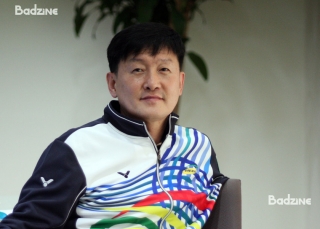
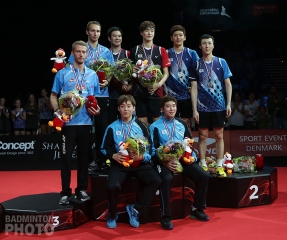
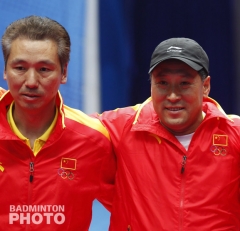
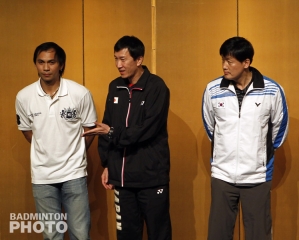
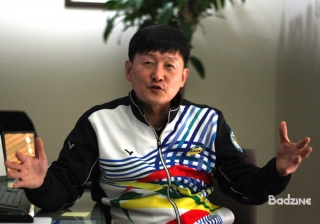
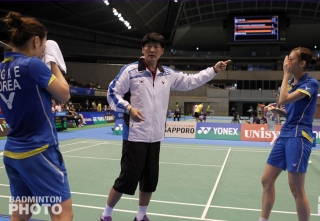
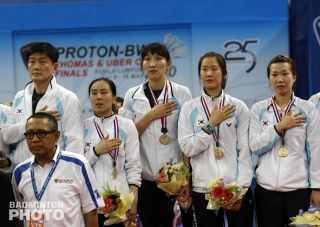
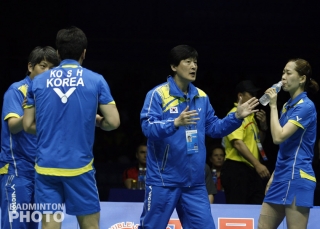
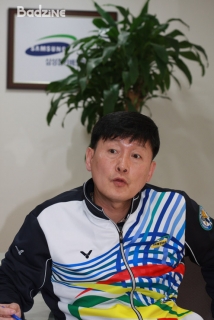
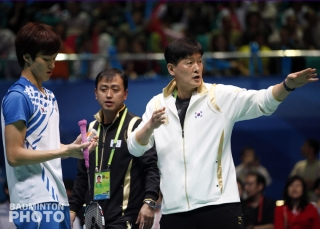
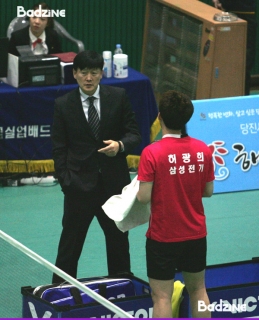

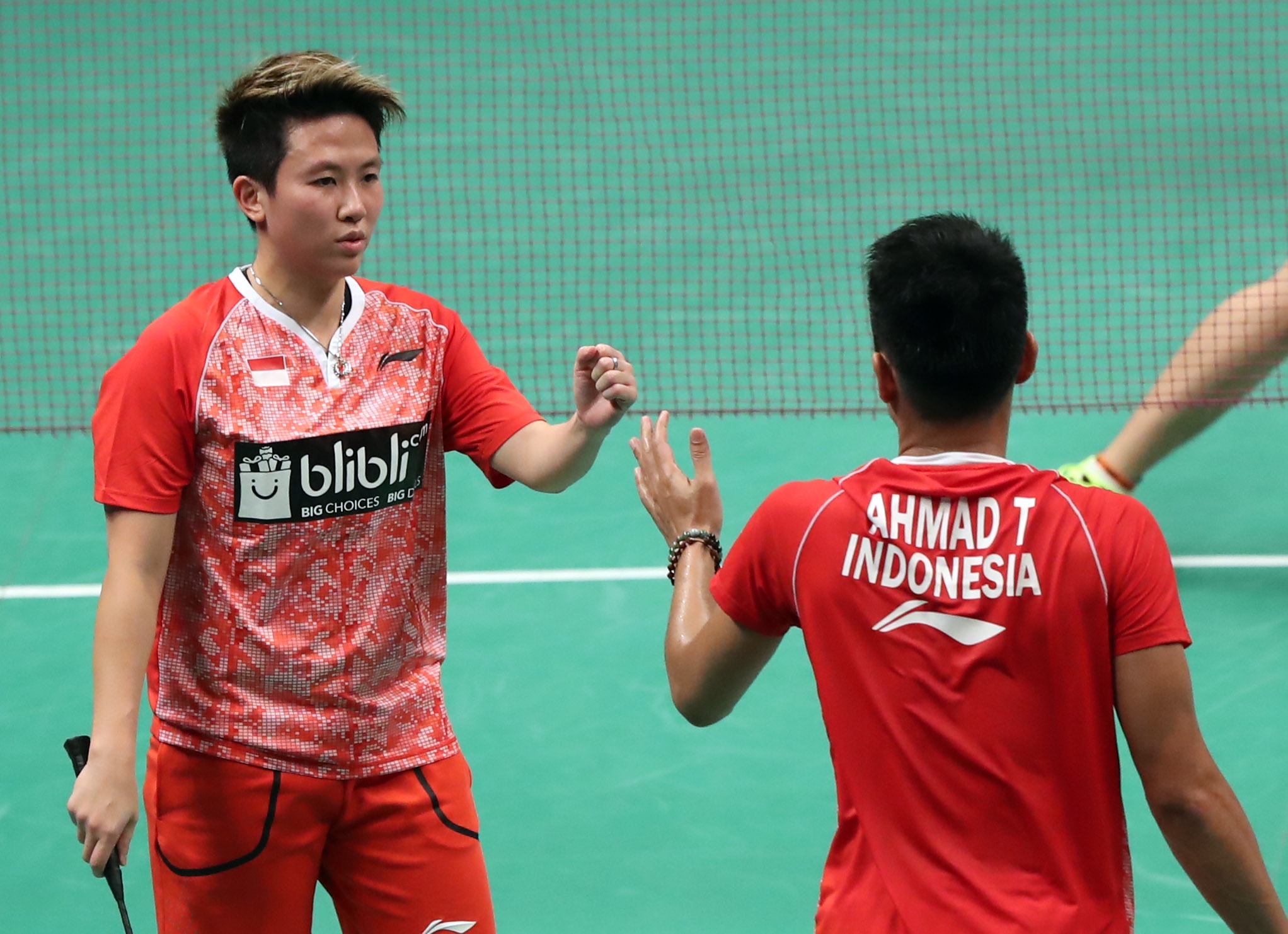

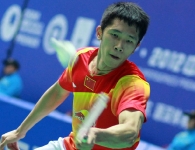
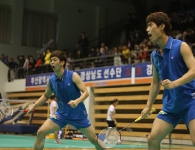
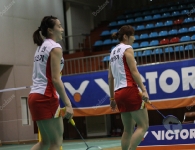
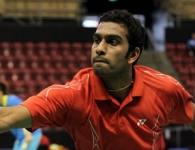
Leave a Reply